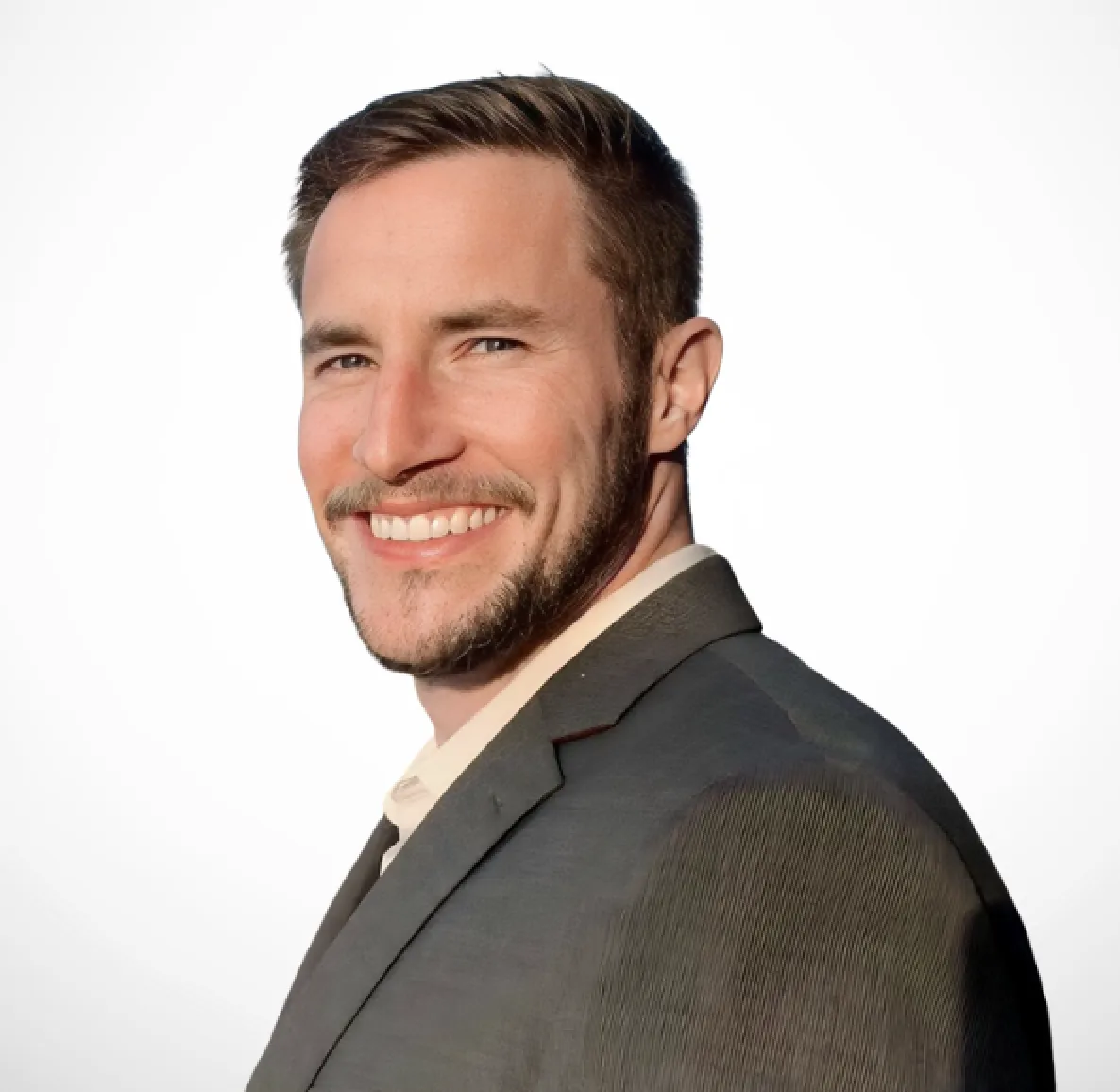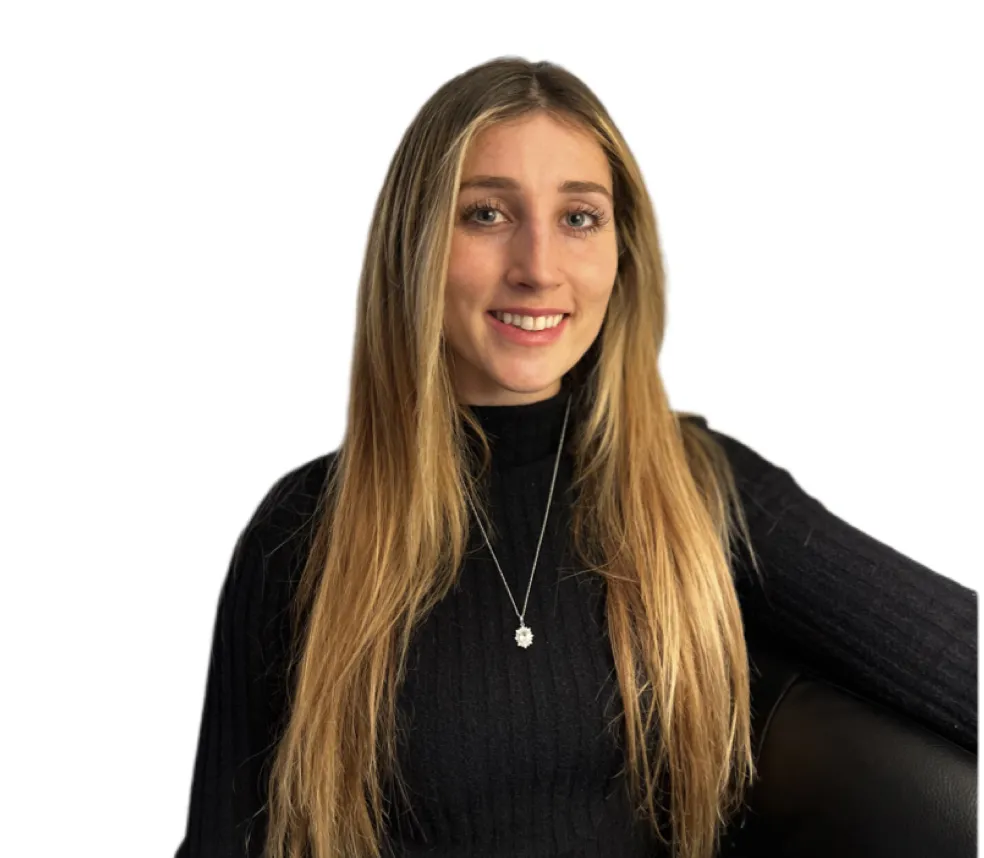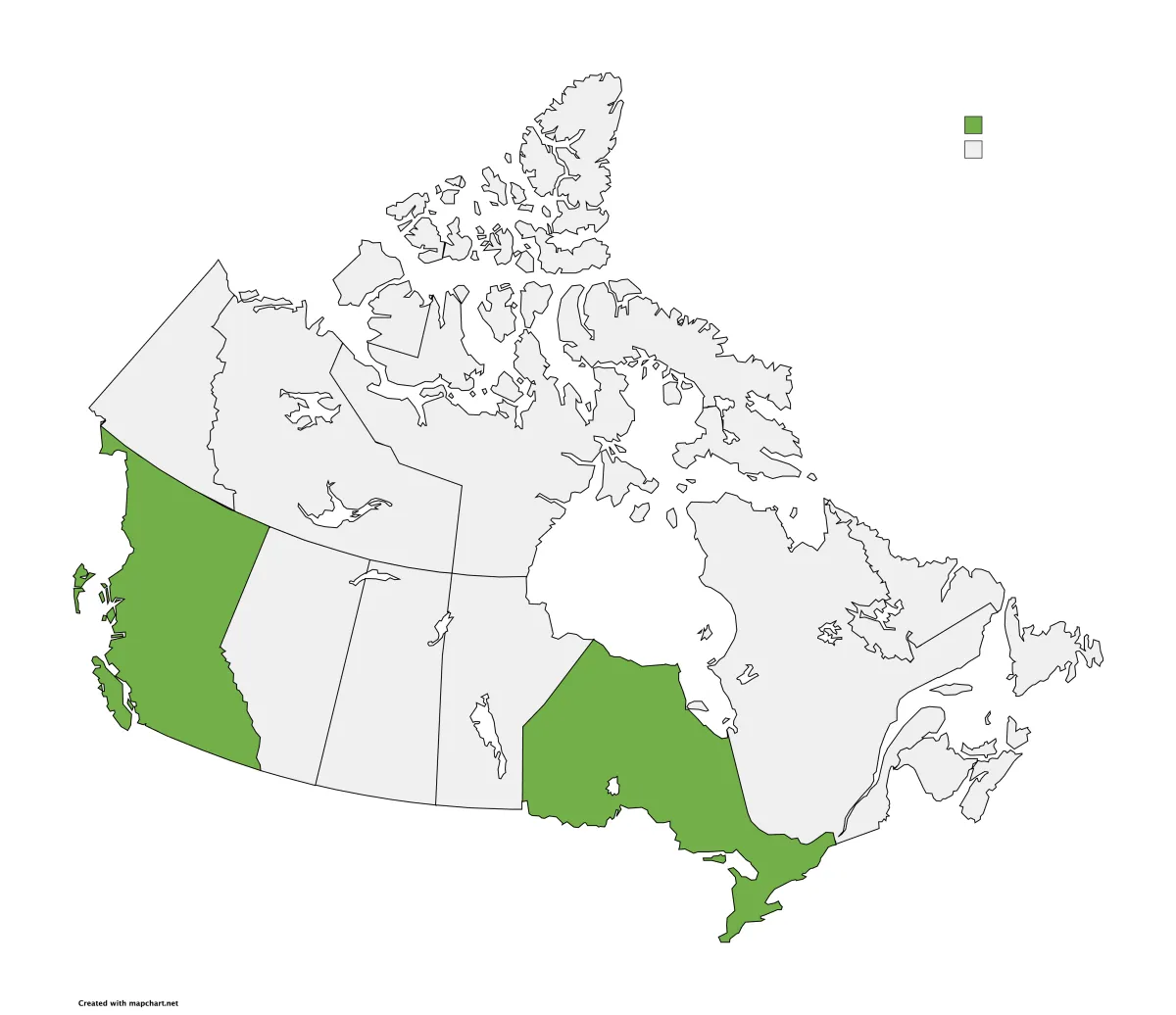
Services Tailored to Your Needs
Financial Consultations
A Financial Needs Analysis (FNA) is a complimentary service that shows you where you are financially, what you are doing well, and where you could use help. This is the first step to achieving your definition of wealth.
Make sure you have your financial "ducks in a row"
Uncover or discuss your financial goals
Create a tailored plan to take action to achieve your goals
Family/Income Protection
Based on your Financial Needs Analysis, we may find that your family and/or personal income needs protection, otherwise known as insurance. Insurance strategies will ensure that your household is protected against life's unexpected events.
Term life insurance
Whole life insurance
More...
Investing
We offer 2 main ways to invest: (1) Wealth Building and (2) Cashflow-planning
Wealth Building Strategies get you set up with registered account and investment vehicles to systematically build your wealth over time in a way that fits your personal goals. These products are great for families earlier in life.
Cash Flow Planning is typically best for those of you who are closer to retirement or have experienced a life event (like selling a business) that requires you to look at how the next chapter of your life will be funded.

Confidence that you’re working towards your wealth goals
No more money anxiety keeping you up at night. We’ll cut through confusing financial terms and concepts, making sure that you understand and feel empowered in your financial decisions.

A tailored financial plan made just for you and your family
We’ll work through what wealth means to you and show you steps that can be taken to get you there. We understand your definition of wealth is unique, and so should your plan.

On-going support to adapt to the changes in your life
We’re here to support you over the long term. As your life changes, so do your financial needs.
Secure your financial future.
Click below to book your FREE consultation.
Meet Our Team

Cody Boekestyn,
Financial Advisor

Ayla De Grandpré, Communications & Marketing Specialist
"Working with Cody has been nothing short of fantastic. He's down to earth, knowledgeable, and explains concepts in a way that I can understand. Unlike previous experiences with financial advisors, I can genuinely say I feel more comfortable and confident in my retirement future ever since I started working with him..."
- Mark, Obsidian Financial Client
Our Location and Where We Work with our Clients
We’re currently situated in the beautiful city of Kelowna, British Columbia. We work with people like you who live in British Columbia, and Ontario, Canada. Most of our appointments take place virtually, however we may be able to meet with you in person if you live in the Kelowna area.


Our Blog

Do RRSPs Get Good Returns?
Every year, financial advisors get asked the same question: Do RRSPs get good returns? Or, more simply, do RRSPs gain interest?
Well, the quick answer is, it depends.
Asking if RRSPs get good returns is really like asking “Are cars fast”? The answer isn’t really about the car (RRSP in this case), but what’s inside of it.
Let’s break this car analogy down a bit more…
So, if your car is an RRSP, what makes it fast (or effective) is the engine. The engine of an RRSP can be made up of MANY different financial products (components), like mutual funds, ETFs, stocks, bonds, or good old fashioned savings accounts. The unique mixture of these components is what will determine the performance of your RRSP: whether it will be fast or slow, effective for growth or low-risk and steady.

Before we get into how to choose the right engine for you, you might be wondering: what exactly is an RRSP?
An RRSP or Registered Retirement Savings Plan (also known as an RSP before it is registered), is a type of account specifically designed for your retirement savings. It differs from other investment vehicles like Tax-Free Savings Accounts (TFSAs) or non-registered investment accounts in the way it treats tax and what it's used for.
While TFSAs offer tax-free growth and withdrawals, RRSPs defer taxes until retirement, when your income is likely to be lower. This can make RRSPs an attractive option for long-term retirement savings.

So how do you choose the right engine for you?
Choosing the right components for your RRSP boils down to 3 considerations: time, risk tolerance, and your investment knowledge (spoiler: these are the same 3 considerations you should be thinking about with ANY investment).
In this article, we’ll break down these three considerations, so that you feel confident that you understand what ‘engine’ might be right for you before your next trip to the car dealership.

1. Time
The timeline you have to invest your money is the MOST important consideration. The less time you have until your goal (e.g., retirement), the less risk you’ll probably want to take in selecting your investment.
Consider Jenny, a 30-year old graphic designer with a passion for travel. She has time on her side with a 30+ year horizon before she retires. Therefore, she might be able to choose an RRSP with higher risk components. Time is essentially her ally in smoothing out the bumps of the market. Time acts as a buffer, allowing for recovery from market downturns, much like a long road trip where occasional detours are manageable.
Investments like mutual funds and ETFs tend to be very unpredictable over a short period (say, less than 5 years). Over longer periods, such as 10 to 20+ years, they tend to provide more stable returns. Note that these returns are NEVER GUARANTEED, even over very long time horizons.

2. Risk Tolerance
What if I asked you how you would feel if your investor came to you and told you your investments went down 20%? How about 30%? Or even 40%? Your reaction to these scenarios is a gauge of your risk tolerance. Did your stomach curdle, or drop to your feet? Did you have a sudden urge to sell everything and go back to stuffing cash under your mattress again? Or would you shrug and just carry on with life? If the former, you may have a lower risk tolerance. If the latter, you may have a higher risk tolerance.
Bob is a 50-year old car repair shop manager who’s approaching retirement. He breaks a sweat at the mere thought of market dips. Bob’s risk tolerance is very low, and he has little time on his side. The “engine” of his RRSP should be built like an old Toyota Sienna minivan: It may be slow and it may not be flashy, but hey, it's sturdy and will get you where you need to go. Bob’s engine isn’t going to take him drag racing anytime soon, but it serves his purposes. He might lean towards an RRSP composed of bonds or GICs.
One last thing to note on risk:
Risk is sometimes confused for volatility, but they're not really the same thing. While risk is the likelihood that something bad happens (e.g., you lose money), volatility refers to how much a value (or your money) goes up and down over time. If you’re new to finance, the most important thing to know is: Bigger ups and downs MAY lead to bigger POTENTIAL returns over longer periods of time.

3. Investment knowledge
If an RRSP is your car’s engine, then investment knowledge is your driver’s licence. Investment knowledge is important because it gives you the information you need to operate your vehicle (RRSP) and what to expect from the engine (how much time they need, risk/volatility, etc.). For example, if you experience big swings in the market (volatility) and come out stronger, if you have investment knowledge, you have a better chance of sticking to your original plan (keeping your money in the investment) when big swings happen.
Meet Sarah, a seasoned investor who’s seen it all. She knows that the market operates in cycles, ups and downs, and that pulling money out of an investment during a downturn is not always the best strategy. She weathered the 2008 financial crisis by choosing to keep ‘driving’ her old RRSP, instead of deciding she’s reverting to the horse and buggy. On the other hand, Tim, a newbie to investing, still has his ‘learners permit’. For him, staying the course during a downturn may be harder. For beginners, it’s advisable to start with more straightforward, conservative, lower-risk investments to the build confidence and understanding needed to make it out of the ‘parking lot’.
Just like you wouldn’t bring a Toyota Corolla to a Formula 1 race, the types of investments you choose should align with your timeline, risk tolerance, and investment knowledge. Starting with less complex options like mutual funds and ETFs is often a good strategy for those new to investing (Tip: you don't need derivatives or options). See how you feel when your own investments fluctuate before buying the ferrari.
If you’re just not feeling confident enough to take that first drive, you might consider consulting a good financial advisor. They should take the time to make sure you fully understand exactly what’s under the hood of your tailored RRSP, before you take off.
Get started with us for free, today.
Want to keep in touch?
Sign up to receive our monthly newsletter to receive news and updates.
Monthly newsletters include exciting updates and links to new informative blog content and education.






